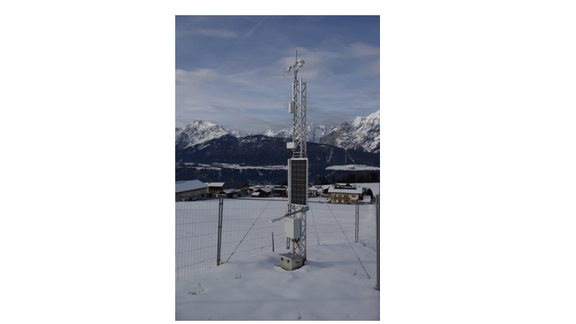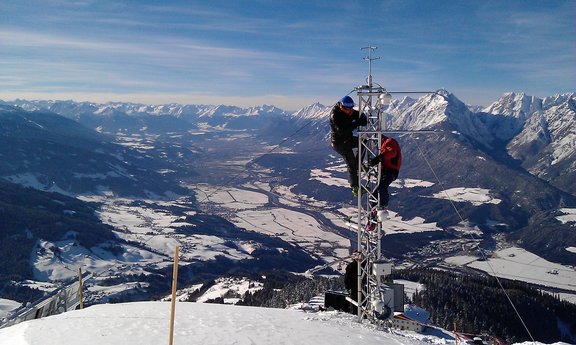INTERFACE: Investigating the surface energy balance over mountain areas
The surface energy balance, i.e., the partitioning of the energy exchange between the Earth’s surface and the atmosphere, plays an essential role in determining meteo-climatological conditions in the atmospheric boundary layer. An accurate assessment of its components is therefore crucial for a variety of applications. However, measurements of the surface energy balance terms are still affected by uncertainties. In particular, turbulent heat fluxes measured with the eddy-covariance technique generally do not balance the available energy. Several studies claim that the main reason for this gap is connected to the advection induced by secondary circulations, which can be present even over homogeneous surfaces in convective conditions, but are more common over heterogeneous and complex terrain, as a consequence of differential heating. Interface will evaluate the uncertainties connected to the measurement of the surface energy balance at different sites in the Alpine environment, where processes related to the lack of closure are expected to be particularly significant. Measurements at sites located in different contexts and climatic settings, thus differently influenced by advection, will allow to investigate the relationship between the non-closure of the surface energy balance, the surface heterogeneity and the consequent development of different types of local and mesoscale circulations.
The surface Energy balance at i-Box sites Weerberg on a gentle slope in the Inn Valley (left, photo credit Alessio Golzio) and Arbeser (right, photo credit Ivana Stiperski) and at all the other i-Bx sites will be assessed in INTERFACE.
The above objectives will be addressed by combining ground-based and UAV measurements, integrated by high-resolution numerical simulations. The use of UAV will allow spatially-distributed measurements around the eddy-covariance sites, crucial for the estimation of advection, while numerical simulations will be used to complement and interpret the results of the experimental activities. The project will provide, for the first time, a systematic quantification of the non-closure of the surface energy balance at several Alpine sites, investigating in detail the role of local and mesoscale circulations at locations where such phenomena are a well-known and well-researched characteristic of the local flow conditions. The project will benefit from an unprecedented combination of advanced methodologies in different fields, from the analysis of turbulence data, to the adoption of a sophisticated UAV platform, and the use of large-eddy simulations over complex terrain.
Project Leader:
Mathias ROTACH
Members:
Martina DESTRO
Manuela LEHNER
Helen WARD
External partners:
University of Trento (Lorenzo Giovannini, Nadia Vendrame, Arturo Mariani, Dino Zardi)
EURAC, Bolzano: Roberto Monsorno, Stefano Todini
Funding Agencies:
EUREGIO
Project Duration:
01/05/2022 to 30/04/2025


